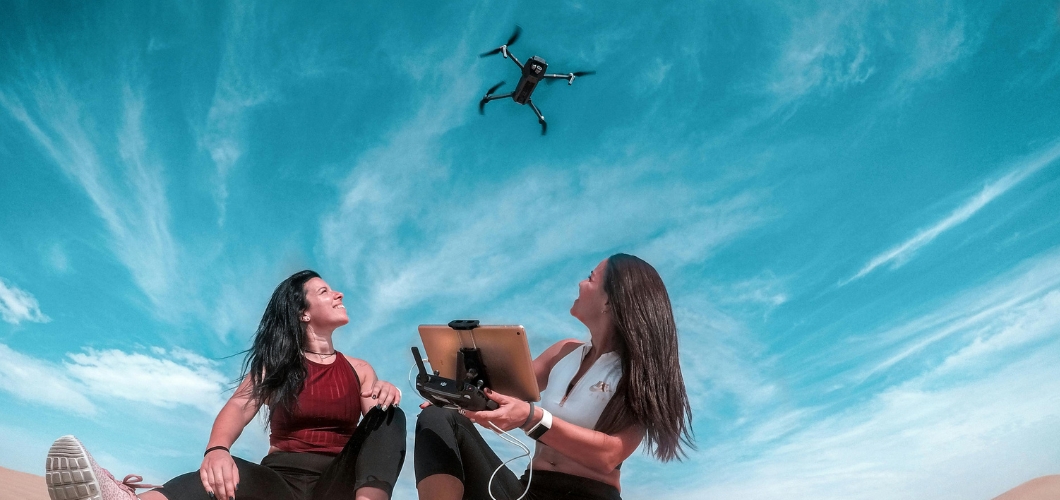Gain exclusive access to limitless insights at the crossroads of technology, power, and culture.
SubscribeThe next normal is here and people are starting to explore different realities of the future of delivery.
Despite the pandemic, business must continue. Domino’s, the world’s leading pizza chain recently tied up with Nuro, an American robotics company, to test AVs (autonomous vehicles) delivery. If you are in the Woodland Heights Sector in Houston and place a prepaid order on Domino’s website, a completely autonomous, no-occupant, robot delivery vehicle called Nuro R2 will deliver your order in no time.
“This is the technology we see on the horizon. The question of whether autonomous vehicles are coming has been answered. How it affects the delivery industry is something we need to understand. We’re a big delivery business, and we need to understand how the technology will disrupt that,” says Dennis Maloney, SVP & CIO for Ann Arbor, Michigan-based Domino’s.
Furthermore, companies like Amazon and eBay have been long vested in projects of drone delivery. Amazon Air, the service that will deliver packages using drones, received federal approval in August 2020 to operate its fleet of delivery drones.
“This certification is an important step forward for Prime Air and indicates the FAA’s confidence in Amazon’s operating and safety procedures for an autonomous drone delivery service that will one day deliver packages to our customers around the world. We will continue to develop and refine our technology to fully integrate delivery drones into the airspace, and work closely with the FAA and other regulators around the world to realize our vision of 30 minute delivery,” explained David Carbon, VP, Amazon Air.
We are currently living in a world where companies aren’t bound to their core service areas anymore. Influenced by the pandemic and driven by the future of delivery, brands are looking at creating business models that easily adapt to changes and possibilities as and when they arise.
For instance, Uber has always said it is not a cab company; but rather a communication service that helps riders and independent drivers connect with each other.
One major change in the delivery of products is that it is no longer for businesses and distributors only. Traditionally, products were shipped to retail shops and distribution centers. Customers will either browse and buy from the stores or request a home delivery, which was always a secondary option.
This is changing magnificently. With more and more customers purchasing online, the option of home delivery is driving far attention. For many customers, it is even their first choice.
McKinsey says, “By 2025, parcels will equal mail in volume.”
This gives a glimpse of the revolutionary change that the parcel industry is up for. Currently, the parcel industry amounts to EUR 70 billion. This excludes pickup, line-haul, and sorting, with the US, China, and Germany contributing to more than 40% of the market. Autonomous delivery not only brings down the humongous costs associated with logistics moving but also helps cater to a growing group of customers that desires faster home delivery, yet at a lower price module.
And on top of these, there are concerts about last-mile delivery and hard-to-reach areas.
We are looking forward to a future of delivery where the whole delivery sector is up for a radical transformation. One would say drones and AVs give quite a glimpse of what the future holds. However, that is just scratching the surface. Shifting trade patterns, challenges of the new normal, and expectations of the future will add what remaining steps, only time will tell.

